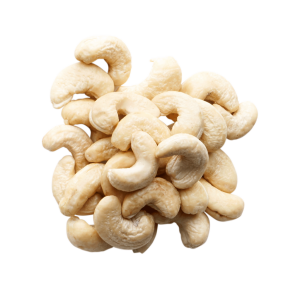STANDARDS GRADES & FORMS
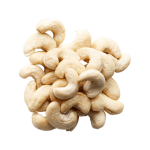
The following requirements are extracted from the UNECE Standard DDP-17 concerning the marketing and commercial quality control of Cashew Kernels, which was created by the Specialized Section on Standardization of Dry and Dried Produce of the United Nations Economic Commission for Europe (UNECE) with the help and recommendations of the International Nut and Dried Fruit Council (INC) and the supervision and approval of the main producing countries.
Forms
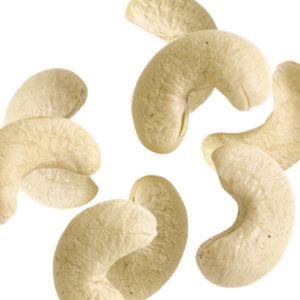
Whole Kernels
-
Natural, roasted or flavored snacks
-
Ingredient for confectionary and bakery
Pieces
-
Ingredient for confectionary and bakery
-
Ingredient for cereals
-
Sweets
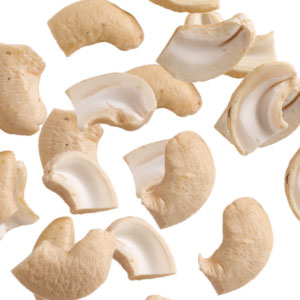
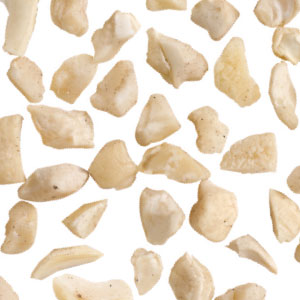
Diced/Baby Bits
-
Ingredient for cereals
-
Ingredient for confectionary and bakery
-
Toppings for ice cream
Flour/Meal
-
Cashew paste or butter
-
Indian curry, bakery and confectionary
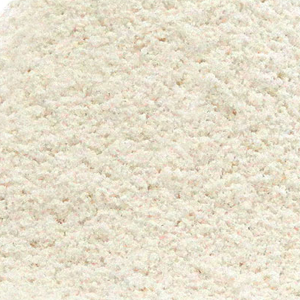

Cashew Based Beverage
Standards & Grades
Cashew kernels are graded on the basis of their size, shape, and color. Kernels shall have been obtained through roasting, shelling, and peeling cashew nuts (Anacardium occidentale L.).
Quality
Kernels shall be completely free from infestation or living pests, molds, insect damage, rotting, deterioration, mold rancidity, adhering testa, and objectionable extraneous or foreign matter. Scraped and partially shrivelled kernels also permitted provided such scraping/shriveling does not affect the characteristic shape of the kernel.
Classification
Cashew kernels are classified into the following classes:
- “Extra” Class
- Class I
- Class II
Classification
Class
Comercial designation
Description
Extra
"white"
white, pale ivory, pale ash - grey light yellow.
Class I
"scorched" or "lightly blemished"
light brown, light ivory, light ashgrey, deep ivory, yellow.
Class II
"scorched seconds" or "dessert"
light brown, amber, light blue, deep brown, deep blue discolored, black spotted, immature, lemished and stained kernels are permitted.
Provisions Concerning Sizing
Sizing is compulsory in “Extra Class”, but optional for “Class I” and “Class II”. Designation of size is as follows:
Size code or count
Maximum number of kernels per pound
Maximum number of kernels per kilogram
150
150
325
180
180
395
210
210
465
240
240
530
320
320
706
450
450
990
500
500
1100
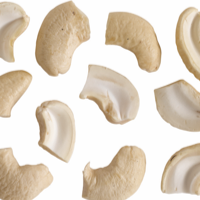
Large pieces
Not passing through a sieve of aperture 4.75 mm.
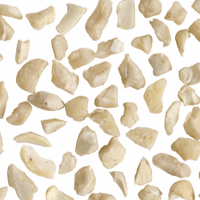
Small pieces
Not passing through a sieve of aperture 2.80 mm.

Very small pieces
Not passing through a siave of aperture 2.36 mm.
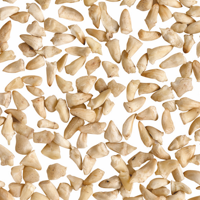
"Baby bites" or granules
Not passing a siave of aperture 1.70 mm.
Quality tolerances
Tolerances allowed, percentage of defective produce by number or weight:
Defects allowed
Extra
Class I
Class II
A
Tolerance for cashew kernels not satisfying the minimum requirements of which no more than:
6
9
12
Not sufficiently developed, shrunken or shrivelled
1
2
Not applicable
Moldy, rancid, decay
0.5
1
1
Damage by pests
0.5
1
1
Living pests
0
0
0
Superficial damage (whole kernels only)
1
2
5
B
Size Tolerance, if sized for produce not conforming to the size indicated, in total:
-
-
-
Wholes (by number)
10
10
10
Pieces (by weight) (smaller sizes)
10
10
10
c
Tolerance for other defects
-
-
-
Broken Kernels (butts, splits, and pieces) in wholes
10
10
10
Kernels of a color of the next lower class
5
5
not applicable
Pieces in butts/splits
10
10
10
Kernels of a color of the next lower class
5
5
not applicable
Foreign matter, loose shell fragments, loose testa fragments, dust (by weight)
0.1
0.1
0.1
Information Kit
If you want to see more detailed standards, grades and forms please download the Global Cashew Council Technical Information Kit.


